21+ Sample Employee Schedules
-
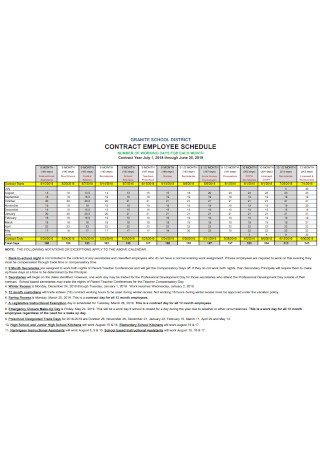
Contract Employee Schedule
download now -

Employee Pay Schedule
download now -
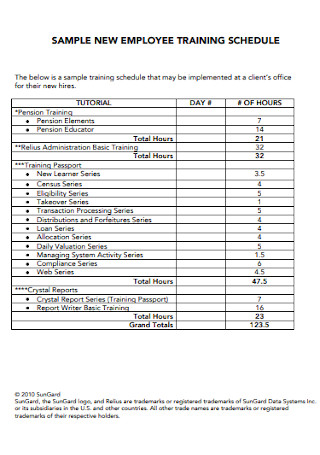
Sample New Employee Training Schedule
download now -
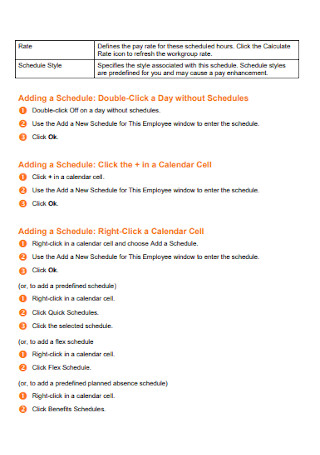
Employee Schedules Format
download now -
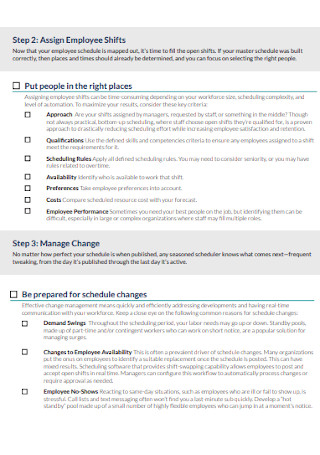
Employee Work Schedule
download now -
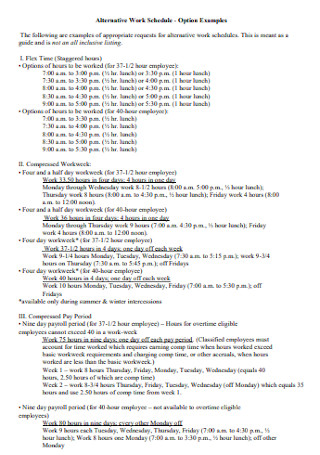
Employee Alternative Work Schedule
download now -
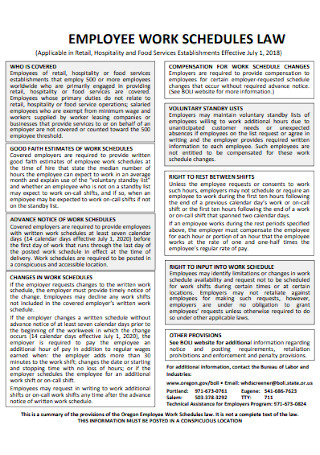
Law Employee Wiork Schedule
download now -
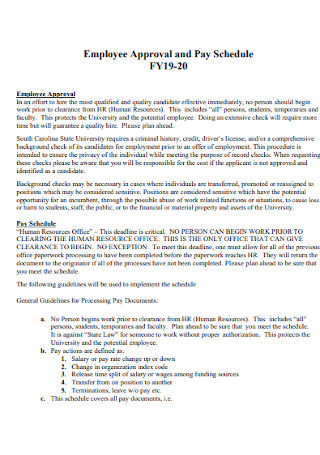
Employee Approval and Pay Schedule
download now -
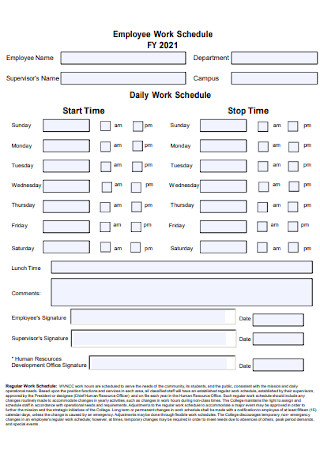
Employee Daily Work Schedule
download now -
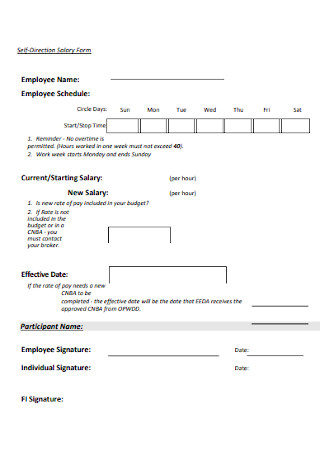
Employee Salary Schedule
download now -
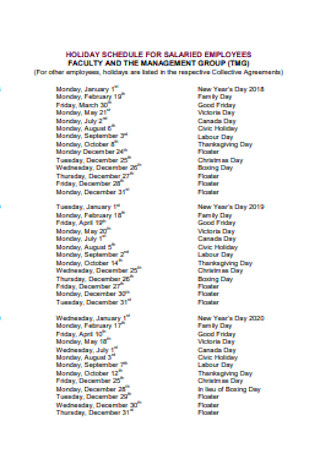
Employee Holiday Schedule Template
download now -
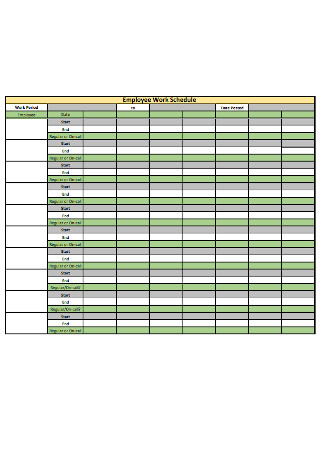
Basic Work Schedule Template
download now -

Employee Alternate Work Schedule
download now -

Work Schedule for Part time Employee
download now -
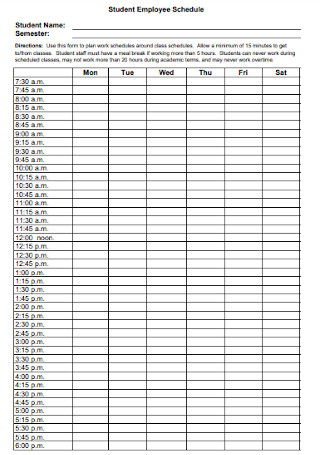
Student Employee Schedule Example
download now -
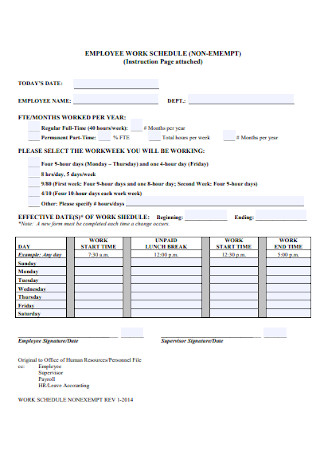
Employee Work Schedule Format
download now -
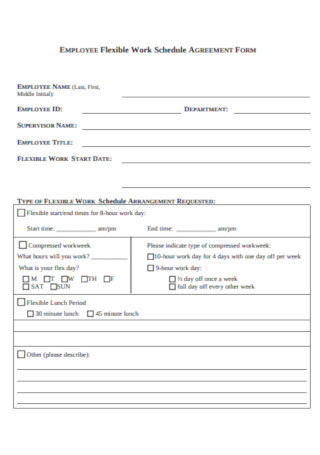
Employee Daily Flexible Schedule
download now -
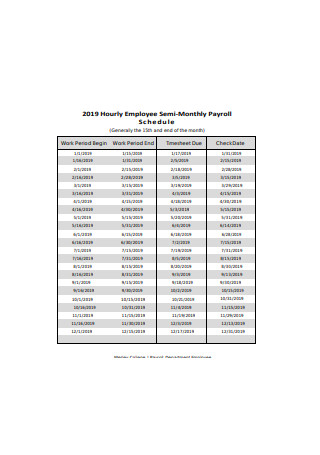
Employee Monthly Payroll Schedule
download now -
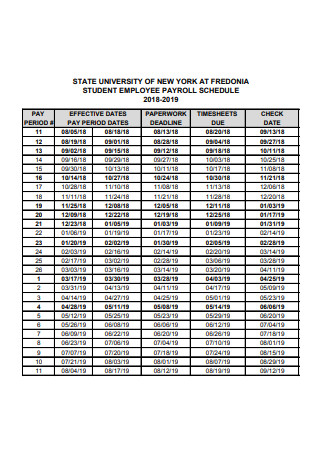
Student Employee Payroll Schedule
download now -
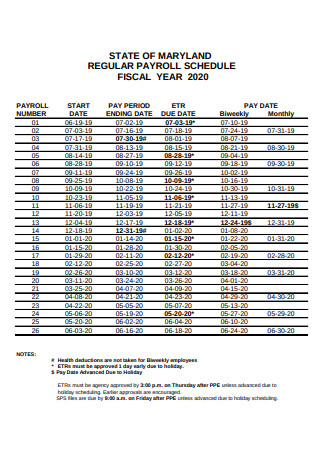
Employee Regular Schedule
download now -
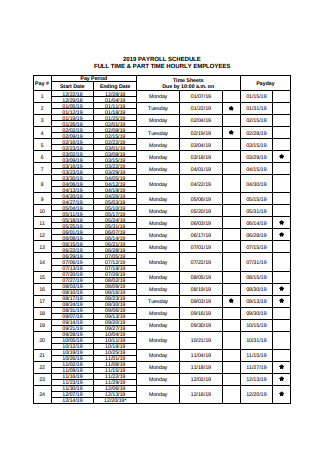
Employee Payroll Schedule Template
download now -
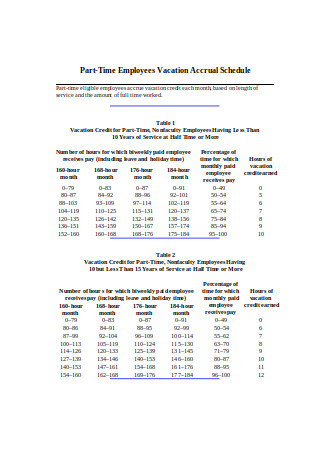
Employee Vacation Schedule
download now
FREE Employee Schedule s to Download
21+ Sample Employee Schedules
Employee Schedules: What Are They?
Types of Employee Work Schedule
Features to Include in Your Work Schedule
Work Schedule Requirements for Employees
How to Make an Employee Schedule
FAQs
Is an employee schedule the same in all workplaces?
What makes an employee work schedule useful?
How can employee scheduling be made effective?
Even brand-new employees make inquiries about the schedule from the get-go, so they can determine if it aligns with their needs or if they can work around it once they start reporting to work. Before accepting any position from a company, it is imperative that you discuss and agree with the final schedule before you embark on a new career. The time an employee is expected to be on the job and working is referred to as a work schedule. In most circumstances, the employer will choose this and it will be a specific amount of days and hours per week. The Department of Labor does not regulate work schedules.
Employee Schedules: What Are They?
Employee work schedules are the time a worker is expected to report on his work as well as the expected time he will complete the shift. This scheduling is normally defined by the employer with respect to the number of hours and days each week. Schedules can vary depending on the company and positions.
There are laws governing employee work schedules in some states. In New York City, there’s a reenactment of NYC’s Fair Workweek Law where retail employees must grant their workers a predictable schedule; moreover, shift additions with less than 72 Hours’ Notice are prohibited. An employee has the right to decline or accept the notice of change in his schedule.
Furthermore, a disruption in schedules directly impacts the lives of employees from their parenting schedules to earning capacity to leisure or social lives. According to a research report by Shiftboard, 87% of hourly employees claim that having control over their schedules is vital, and 55% percent of workers said they would resign from their jobs if they have no control over the schedule.
Types of Employee Work Schedule
There is no cookie-cutter approach in creating a work schedule for all teams within a company. There are various types of employee rostering that are useful for different companies. Don’t get anxious about searching for too many kinds of staff scheduling documents. To simplify your search, here are some types of shift schedulers that employers use.
Features to Include in Your Work Schedule
To begin with, your work plan must ensure that each shift is suitably filled for each position. On weekday lunch shifts, you might not need a bartender at all, but on Friday and Saturday evenings, you might need three. Always double-check your math.
To do so, be aware of events, both local and national, that may result in an extraordinary increase in customer traffic. Sporting events, concerts, festivals, and theater productions are all worth noting. Keep an eye on the reservation list as well. Weeknights are usually slow, but you don’t want to be caught off guard on a Tuesday when several large parties have made reservations. The second criterion for your work schedule is that it be fully error-free. Although it may appear that we are repeating the obvious, creating a work schedule is not an easy task. Making a mistake is far easier than creating a perfect work schedule. Here are the top three scheduling mistakes:
Work Schedule Requirements for Employees
While companies have a lot of discretion in determining their employees’ work schedules, there are some limitations.
How to Make an Employee Schedule
In creating a work schedule, there are things that must be done accordingly. These are guidelines that can help you create a first-rate work schedule that is proven to be of great advantage to both employers and employees:
Step 1: Set Scheduling Requirements
Before creating an employee schedule, any excellent employee schedule template begins with defining the needs of the company or business. In determining needs, these factors are taken into account: responsibilities need to be executed during every shift, operation hours, legal insights on employee breaks, and specific skill sets by each worker.
Step 2: Careful planning and preparation
When it comes to effective planning and preparation, it is best to do front-end scheduling. It sustains integrity, creates trust within the team, and alleviates employee turnover. A structure is essential in any company or organization. Employees should be informed about company policies from the outset; they shouldn’t be left guessing what to do if they commit violations on attendance such as tardiness and absenteeism.
Step 3: Define Labor Needs and Budget for Payroll
It is essential to have a clear view of the labor resources needed to achieve company goals, especially on the production floor. Labor planning is highly important since every operation goal is based on a schedule that keeps track of production targets. Apart from defining labor needs, a payroll budget must be set out. Lay out any factors that will cause a variation in the schedule whether it’s about official holidays or crazy-busy periods at work.
Step 4: Evaluate Shifts That Need Coverage
There are different types of positions in a business or company for it to run, so this guide is crucial if you allow shift-swapping. If you use a work scheduling tool, shift trades can be limited and regulated based on the different skills and duties of employees.
Step 5: Set Out a Shift-Trade Rule
Make sure that all workers understand the shift-trade policy. The manager must have the upper hand over any shift trades and their restrictions. An experienced employee shouldn’t trade work schedules with new hires. New employees need guidance from experienced team members, so they need to be on the same shift with seasoned workers. Once this type of information is available in an employee schedule maker, you can start roughing out the available shifts that need to be filled in. Expect adjustments for the creation of a work schedule isn’t a one-time thing. It’s always subject to change.
Step 6: Make Use of a Template
Once you’ve established a schedule that works for individual employees, you should use that finalized schedule as a free employee schedule template for all future schedules. A template is useful since it saves time and effort, but be open to changes and adjustments to the scheduling process.
FAQs
Is an employee schedule the same in all workplaces?
An employee work schedule varies depending on your employer, agency, position, and industry you belong to. It is at your employer’s discretion. The Department of Labor does not regulate it.
What makes an employee work schedule useful?
Productivity within an organization can be maximized with the help of employee scheduling. It ensures smooth operations, regulates attendance issues, addresses overtime works, and maintains fair policies within a company or business.
How can employee scheduling be made effective?
Make sure the established schedule is distributed at the earliest possible time, and keep one version that is easily accessible at all times. A template is a great tool to make the scheduling task smooth and easy.
An employee work schedule generally pertains to the hours per day and days per week an employee is expected to be working and completing shifts. It is important to know the work schedule before accepting any job offer, so you can work around your schedule. Employee schedules vary from company to company and even differ in so many ways depending on the organization’s needs and industry. An outstanding template does the work seamlessly in no time. Download now!
